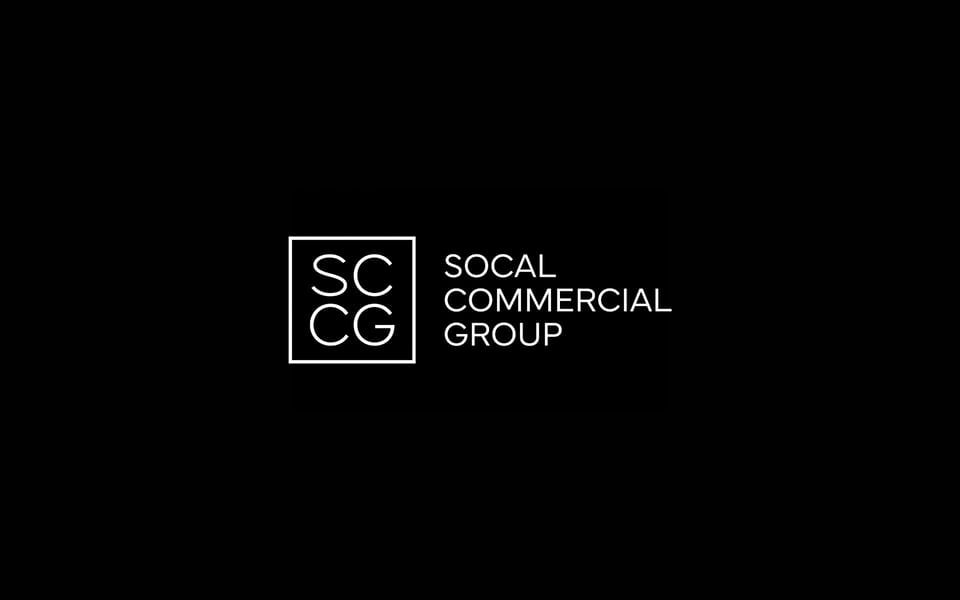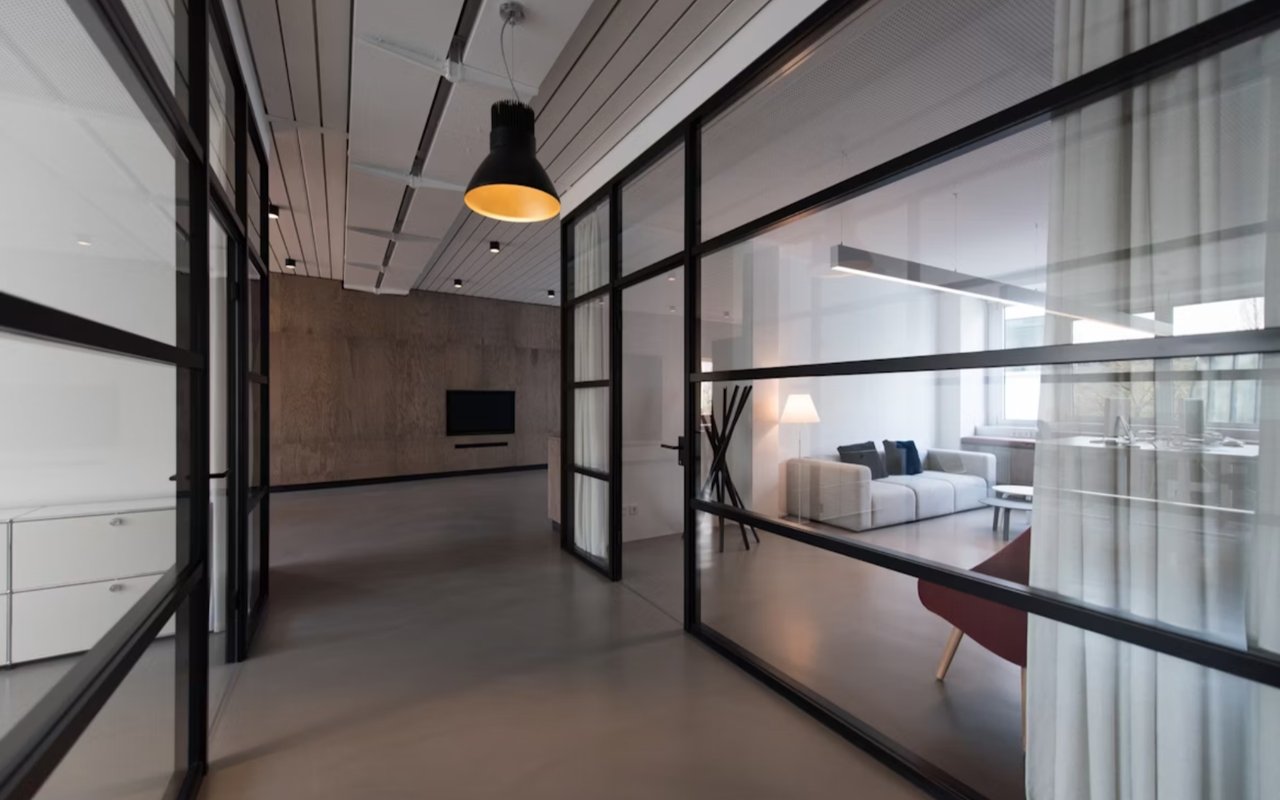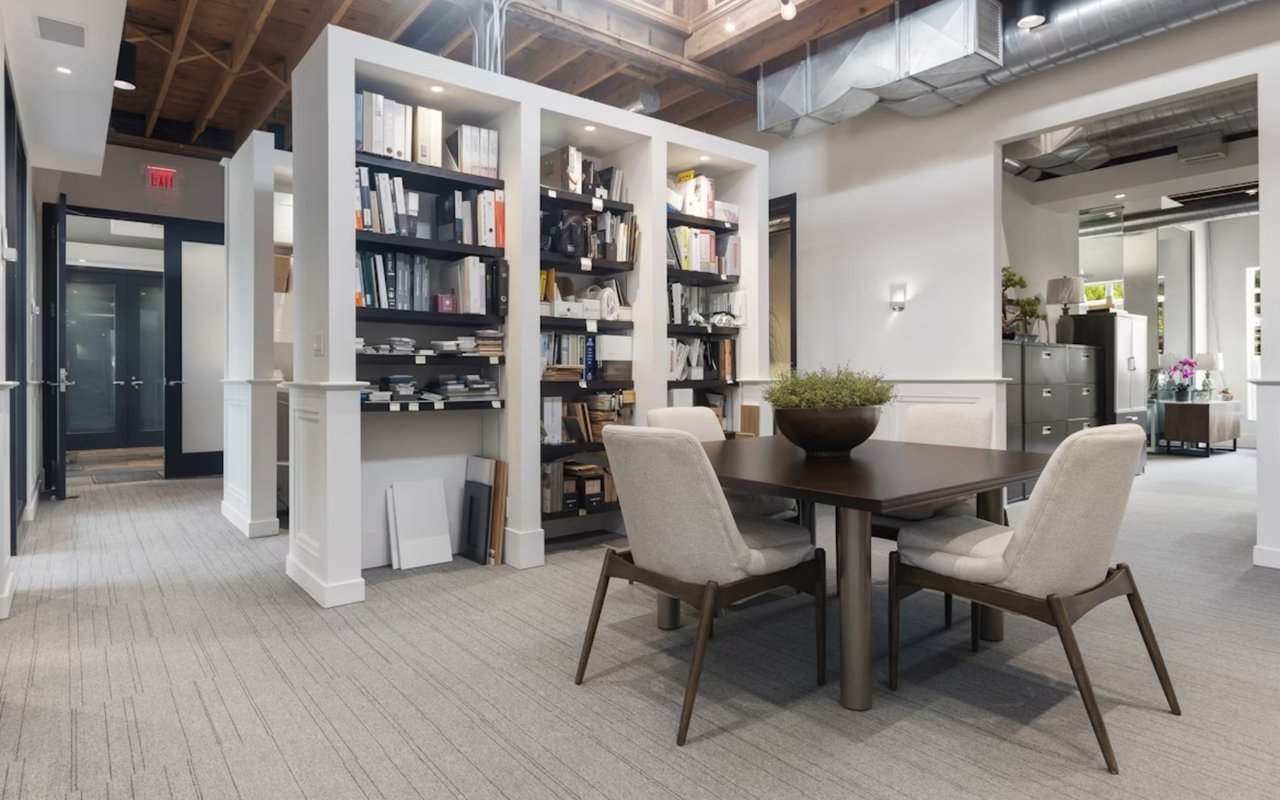Los Angeles is evolving, and commercial real estate developers are changing with it. As the demand for creative spaces rises and urban land becomes harder to secure, one strategy is standing out in 2025: adaptive reuse. Instead of starting from scratch, developers are transforming existing structures — warehouses, factories, theaters, and office buildings — into high-performing spaces that meet modern needs.
This approach isn’t just efficient; it’s visionary. Adaptive reuse allows you to scale faster, cut through red tape, reduce construction costs, and offer tenants something unique in a sea of sameness. From Downtown to the Arts District, these reimagined spaces are breathing new life into Los Angeles and reshaping the city’s commercial future. If you’re striving to grow your real estate investment portfolio in Los Angeles, this could be the smartest move you make.
Why Adaptive Reuse Is Gaining Serious Momentum
If you’ve walked through parts of Downtown Los Angeles or the Arts District recently, you’ve probably noticed something interesting. That old warehouse? Now it’s a sleek coworking hub. The early-20th-century building? It’s serving craft cocktails beneath a shimmering chandelier.
This is adaptive reuse in action: transforming existing buildings into something new and functional for modern use. And in 2025, commercial real estate developers in Los Angeles are leaning into this approach more than ever.
Why? It comes down to speed, savings, character, and sustainability. In a city with limited developable land and complex zoning challenges, ground-up construction can be an uphill battle. Adaptive reuse gives developers a way to skip the starting line and begin with something that already exists, often with historic charm or a prime location. For developers ready to scale quickly without sacrificing creativity, it’s a powerful strategy.
This is adaptive reuse in action: transforming existing buildings into something new and functional for modern use. And in 2025, commercial real estate developers in Los Angeles are leaning into this approach more than ever.
Why? It comes down to speed, savings, character, and sustainability. In a city with limited developable land and complex zoning challenges, ground-up construction can be an uphill battle. Adaptive reuse gives developers a way to skip the starting line and begin with something that already exists, often with historic charm or a prime location. For developers ready to scale quickly without sacrificing creativity, it’s a powerful strategy.
How Adaptive Reuse Cuts Through Red Tape
Getting a brand-new building approved in Los Angeles isn’t impossible, but it is notoriously slow. From community hearings to environmental reports to the California Environmental Quality Act (CEQA), the timeline can stretch months or even years. Adaptive reuse sidesteps much of that.
Thanks to the city's Adaptive Reuse Ordinance (ARO), which was expanded in recent years under the Citywide Housing Incentive Program, developers have more flexibility when converting existing commercial buildings into new uses. Projects that meet certain criteria can sometimes receive fewer regulatory burdens, such as relaxed parking, density, or zoning requirements.
That means less time in permitting limbo and more time focused on design, tenant acquisition, and long-term value creation. For commercial real estate developers in Los Angeles who are juggling multiple properties or seeking to expand their portfolios, the time saved is just as valuable as the money saved.
Thanks to the city's Adaptive Reuse Ordinance (ARO), which was expanded in recent years under the Citywide Housing Incentive Program, developers have more flexibility when converting existing commercial buildings into new uses. Projects that meet certain criteria can sometimes receive fewer regulatory burdens, such as relaxed parking, density, or zoning requirements.
That means less time in permitting limbo and more time focused on design, tenant acquisition, and long-term value creation. For commercial real estate developers in Los Angeles who are juggling multiple properties or seeking to expand their portfolios, the time saved is just as valuable as the money saved.
Reviving Character-Rich Architecture
There’s something magnetic about walking into a building with history, featuring exposed brick walls, industrial beams, and vintage tilework. In Los Angeles, that aesthetic has become a major selling point. Adaptive reuse lets developers capitalize on this appeal.
Instead of tearing down a structure and starting from scratch, developers are reimagining spaces with an eye for preservation. Think tech campuses in former factories, boutique hotels in Art Deco buildings, or gourmet food halls inside historic markets. These projects aren’t just about square footage; they’re about storytelling.
This character-driven approach resonates with tenants, especially those in design, media, and hospitality. It becomes easier to lease a unique space that feels curated and authentic, rather than a generic concrete box. In a competitive real estate market like Los Angeles, that advantage matters.
Instead of tearing down a structure and starting from scratch, developers are reimagining spaces with an eye for preservation. Think tech campuses in former factories, boutique hotels in Art Deco buildings, or gourmet food halls inside historic markets. These projects aren’t just about square footage; they’re about storytelling.
This character-driven approach resonates with tenants, especially those in design, media, and hospitality. It becomes easier to lease a unique space that feels curated and authentic, rather than a generic concrete box. In a competitive real estate market like Los Angeles, that advantage matters.
Lower Construction Costs And Faster ROI
It’s no secret that construction costs have skyrocketed over the years. Between labor shortages, supply chain disruptions, and inflation, new developments are more expensive than ever. Adaptive reuse offers a cost-conscious alternative.
Because much of the structure — and often the plumbing, electrical, or HVAC components — can be retained, adaptive reuse projects generally come in at a lower cost per square foot than new construction. That gives developers a wider margin and a faster return on investment once the property is leased or sold.
It also allows for flexibility in project scale. Instead of committing to a multi-phase, high-risk development, a developer can take on a more targeted project with less capital up front. That’s particularly appealing for boutique firms or newer players looking to scale without overextending.
Because much of the structure — and often the plumbing, electrical, or HVAC components — can be retained, adaptive reuse projects generally come in at a lower cost per square foot than new construction. That gives developers a wider margin and a faster return on investment once the property is leased or sold.
It also allows for flexibility in project scale. Instead of committing to a multi-phase, high-risk development, a developer can take on a more targeted project with less capital up front. That’s particularly appealing for boutique firms or newer players looking to scale without overextending.
Adaptive Reuse Is Reshaping LA’s Urban Identity
Beyond its financial and logistical advantages, adaptive reuse is playing a pivotal role in shaping how Los Angeles looks and feels. Buildings that once sat vacant are now activated — drawing people in, building momentum, and sparking new waves of investment.
These projects offer a chance to preserve the city’s architectural legacy while keeping up with the pace of modern business. Instead of overwriting the past, adaptive reuse invites Los Angeles to build on it — honoring what came before while creating space for what’s next.
The result is a richer, more textured city where innovation happens inside brick buildings with stories to tell. For commercial developers who want to make their mark, that’s a compelling canvas.
These projects offer a chance to preserve the city’s architectural legacy while keeping up with the pace of modern business. Instead of overwriting the past, adaptive reuse invites Los Angeles to build on it — honoring what came before while creating space for what’s next.
The result is a richer, more textured city where innovation happens inside brick buildings with stories to tell. For commercial developers who want to make their mark, that’s a compelling canvas.
The Advantage You’ve Been Looking For
In a market as dynamic and competitive as Los Angeles, commercial real estate developers need every advantage they can get. Adaptive reuse offers just that: a way to move faster, build smarter, and differentiate with impact. And in 2025, developers who embrace adaptive reuse are finding more than just opportunity; they’re finding momentum, scale, and long-term value in a city that rewards bold thinking.
So, if you’ve been waiting for the right moment to pivot into something more creative, more efficient, and aligned with where the market is heading, this is it. The buildings are out there, the demand is real, and the time to reimagine what’s possible is now.
Reach out to SoCal Commercial Group today for expert guidance as you discover your options in Los Angeles real estate.
Other Recommended Reads:
So, if you’ve been waiting for the right moment to pivot into something more creative, more efficient, and aligned with where the market is heading, this is it. The buildings are out there, the demand is real, and the time to reimagine what’s possible is now.
Reach out to SoCal Commercial Group today for expert guidance as you discover your options in Los Angeles real estate.
Other Recommended Reads:





